Nov 22, 2023
Why Use A Checklist – Here Are 7 Important Reasons
ResourcesTools
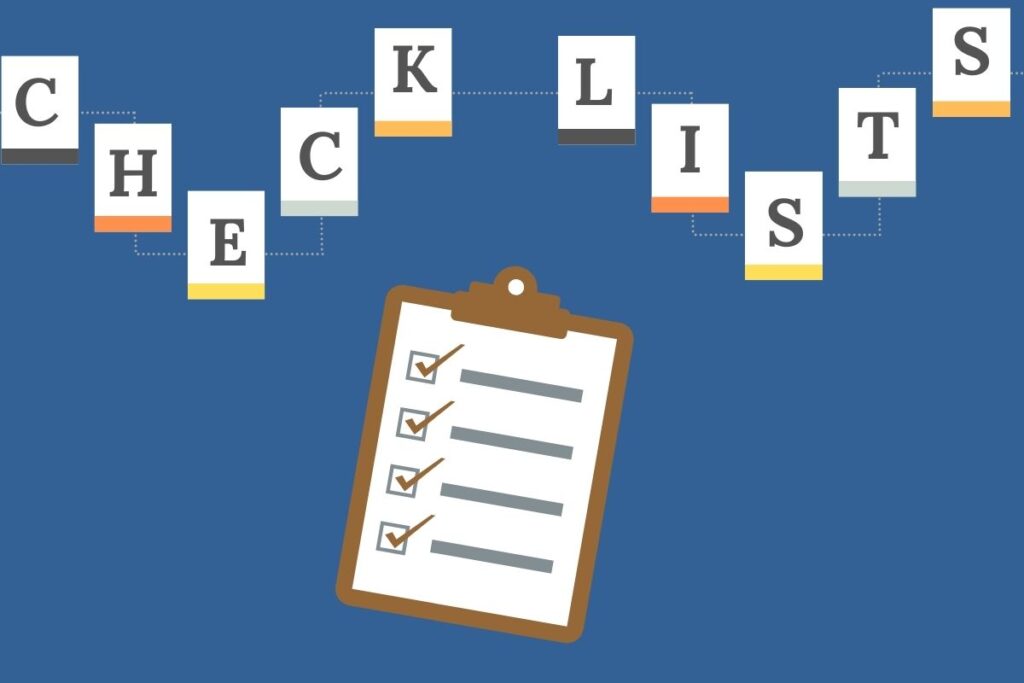
Checklists are a valuable tool for performing diligence. Here are 7 important reasons to start using checklists.
I believe in checklists.
I was taught to use checklists when I was a first year associate at a law firm. My department was involved in transactions that are now typically labeled as private equity deals. These deals had many participants, individuals and organizations, and many due diligence obligations. To keep track of the work and assign responsibilities we used checklists. Back then there was no technology, no programs to help, it was a typed list.
What it is a Checklist ?
Exactly what the name implies, it is a list that you use to inventory tasks and as you accomplish a task you “check” it off the list. You develop the list through experience, collaboration and an understanding of your industry, legal, business and compliance needs.
Why Use a Checklist ?
These are 7 important reasons that you should use checklists when performing diligence:

Navigate the Project – Whether your diligence project is be a complex transaction, a compliance requirement or a simple diligence research assignment there is a progression. It may start with familiarizing yourself with requirements and progress to researching topics, gathering information, doing an analysis and reaching a conclusion. In other words, there is a start and a finish that you define; a checklist allows you to lay out the path from start to finish
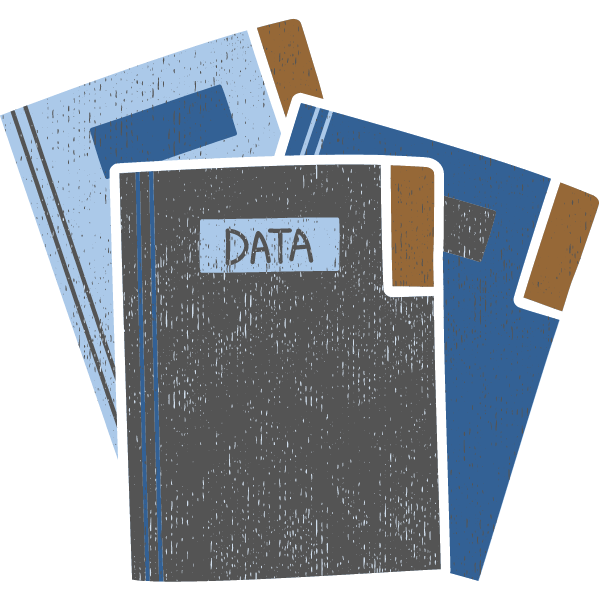
Organize and Manage – A checklist is a framework for organizing the work that needs to be done. There is no one way to organize work so there is no one way to organize a checklist. You may want to organize a checklist by grouping similar categories of work, by a timeline or by responsibility.
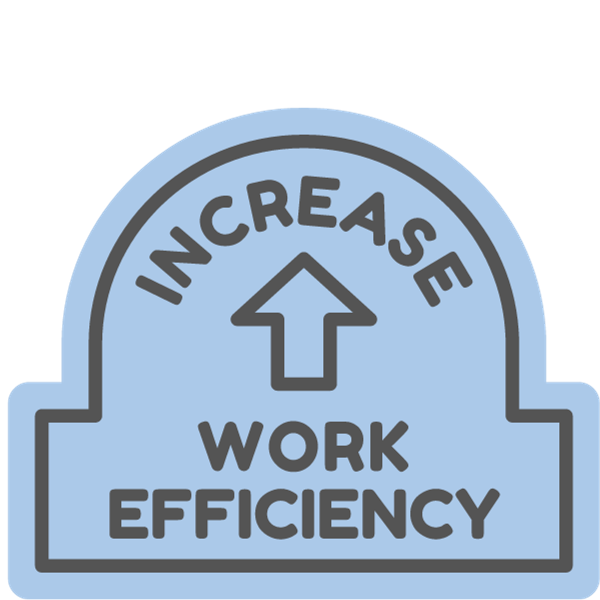
Efficiency – Using checklists means you don’t have to “reinvent the wheel”. You can develop modules for different diligence topics and then use those modules to develop the checklists for your diligence project. For example, the diligence that you perform to comply with US sanctions may be the same whether you are dealing with a potential customer, a sale or a large business transaction.

Consistency – Organizations want consistency. They need to know that when their employees are presented with similar issues they address them in a way that is consistent across the organization. Checklists promote constancy.

Reduce Mistakes – Checklists act as instructions When people follow a checklist they are following a path that has been determined to be correct in at least a majority of circumstances
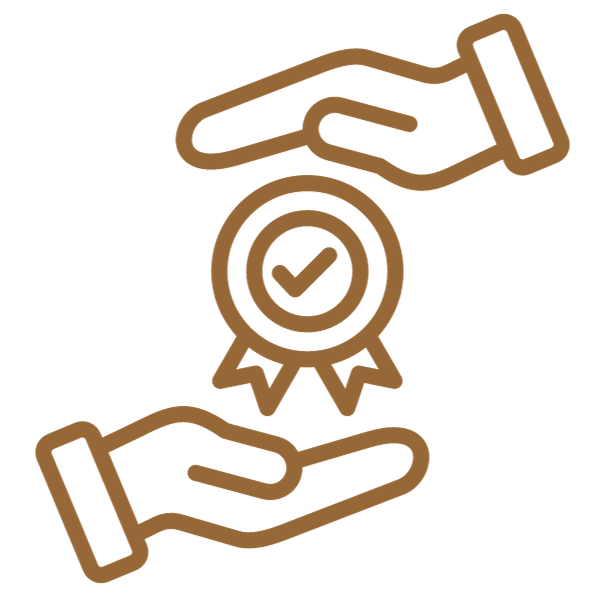
Systematize Best Practices – Often there are methods that have been proven to work or to provide an advantage. It is in your interest to teach and implement these methods across the organization, checklists do this for you.
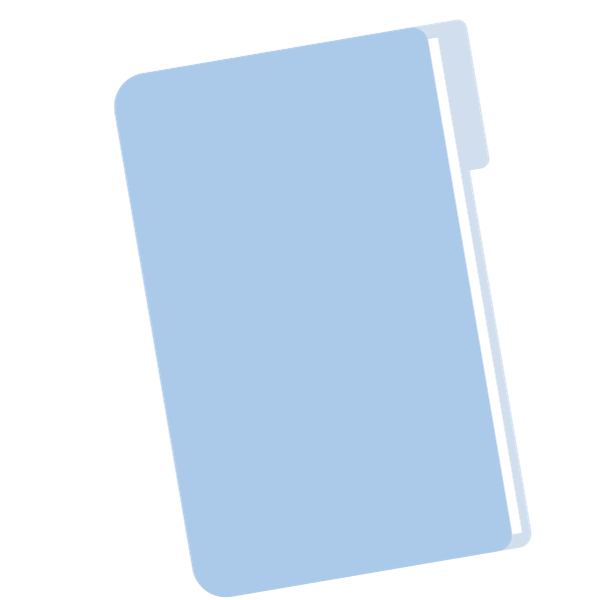
Record the Process – As you go forward with the project you need to record the process. A checklist can provide a way to record the progress of the work and when the checklist is completed it can be used as a index to aggregate the conclusions.
Checklists & Technology
When I started using checklists the only technology was the word processing software used to type up and edit the checklist. Because of this limitation the information on the list was kept to the bare minimum.
Technology has changed all of this. Now there are a multitude of checklist related applications. Some applications are stand alone such as checklist templates, calendars and list software and some applications are part of more complex project, knowledge or task management software. Because of these technologies checklists can now be detailed workflows and depositories of content.
But what if you don’t have the budget for these technologies? You can still use checklists. Here are a few different ideas on how to proceed with developing a checklist format:
- no cost or low cost applications, these are generally simpler applications or stripped down versions of more complex software – you can find them online, or
- a word processing document that allows you to track changes, or
- a spreadsheet application, or
- paper & pencil
Things to Remember
Checklists are useful tools, they can provide all the benefits listed above. But while there are some pitfalls to avoid, they include using a checklist:
- to systematize narrow minded thinking versus allowing for creative thought
- as an excuse to avoid collaboration
- that does not adapt and change over time or with circumstances
- to give the appearance that diligence has been done when all that has been done is to “check the box”
This isn’t the last you have heard about checklists, there will be more over time including helping you start to develop a frameworks for constructing your own checklists.


Subscribe for Diligence Updates
Get the latest updates, resources, offers, and more.
"*" indicates required fields
The Diligence File respects your privacy. Privacy Policy